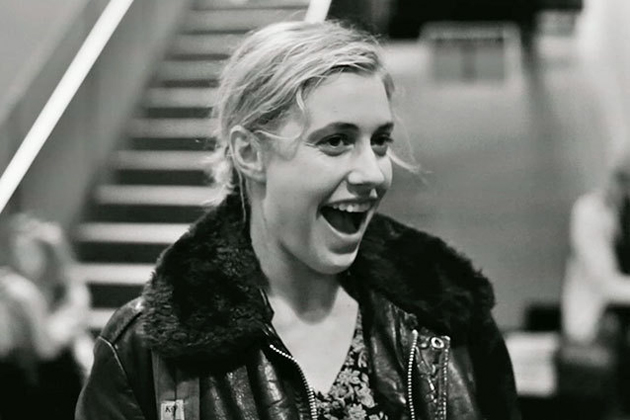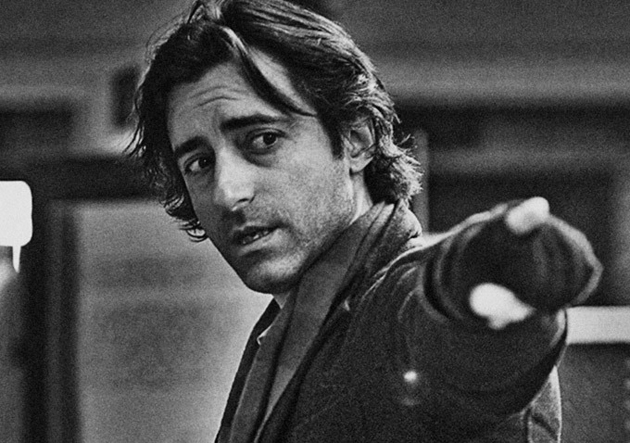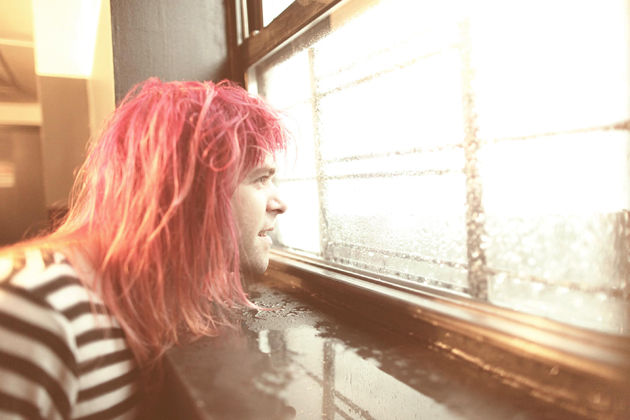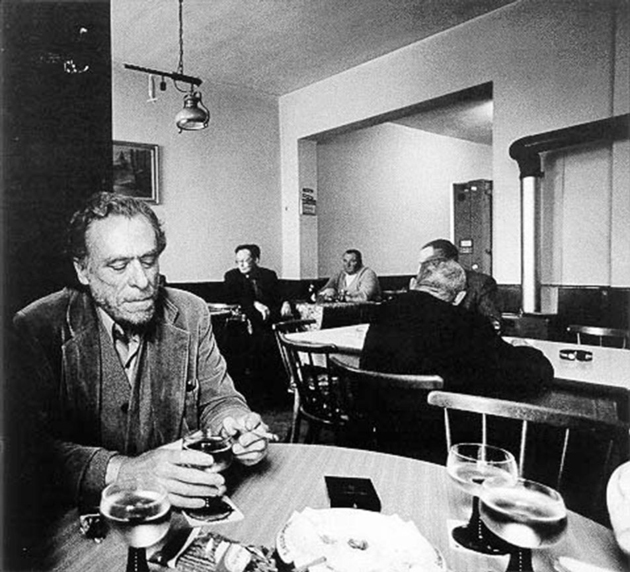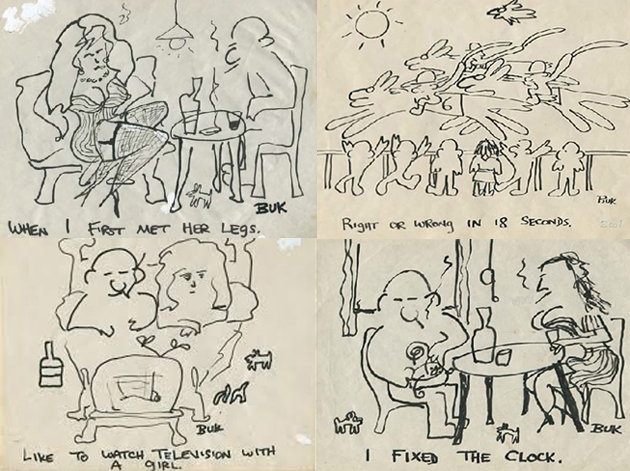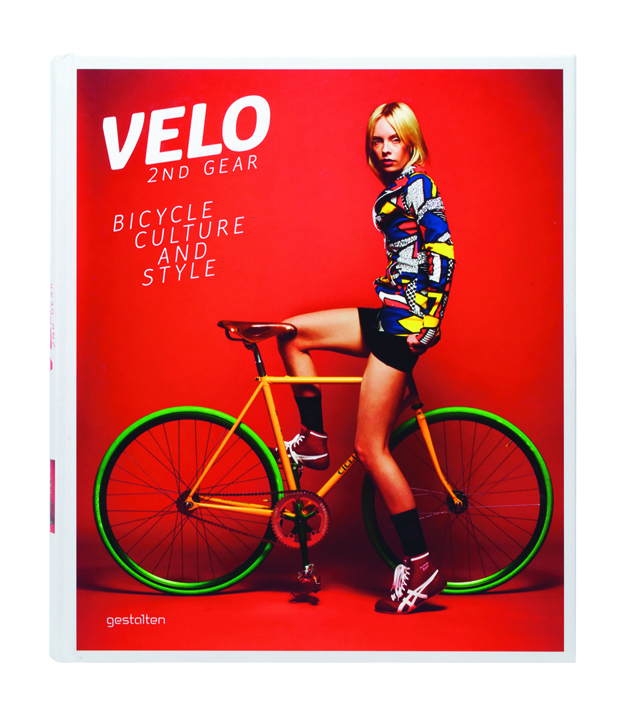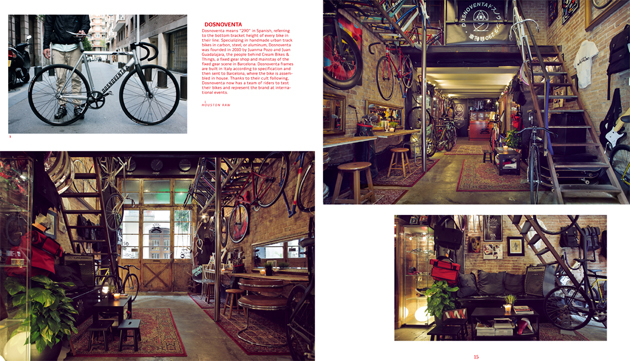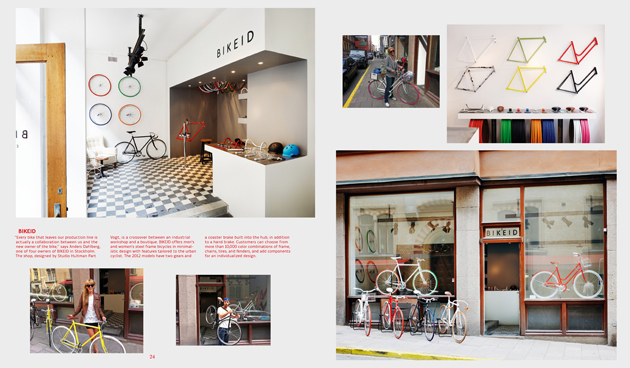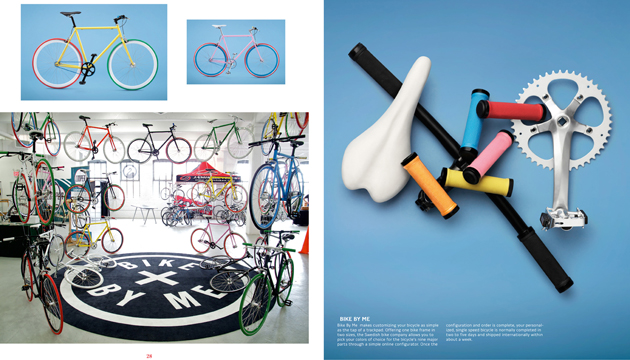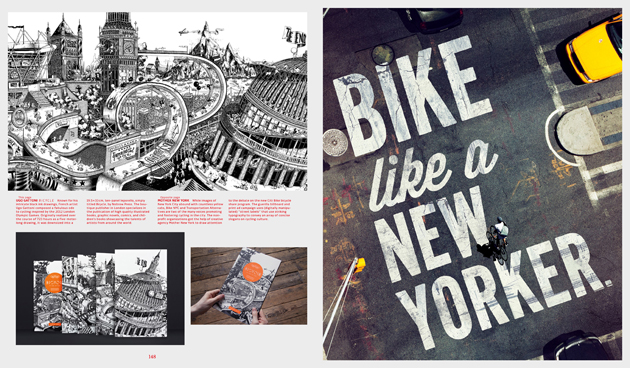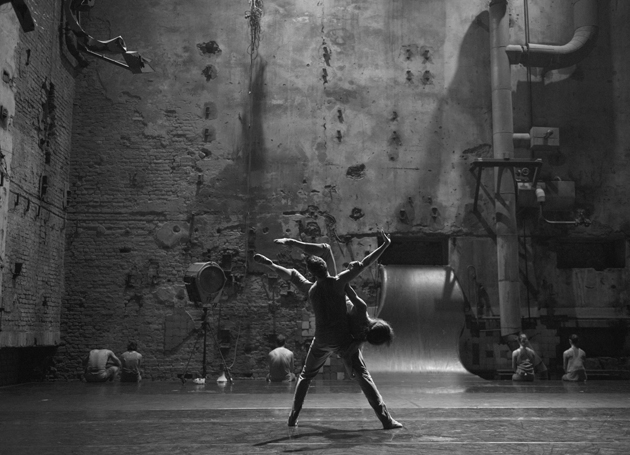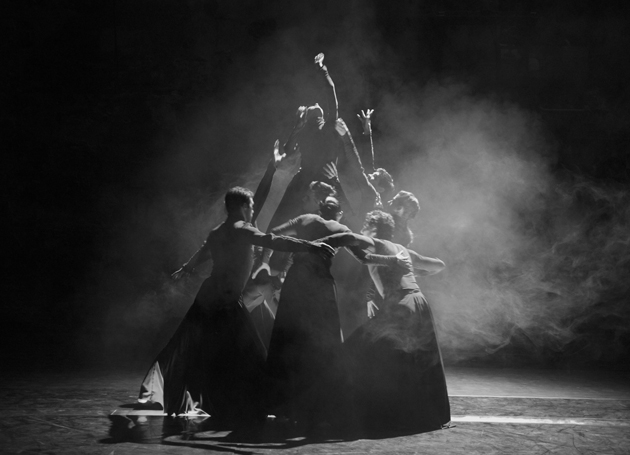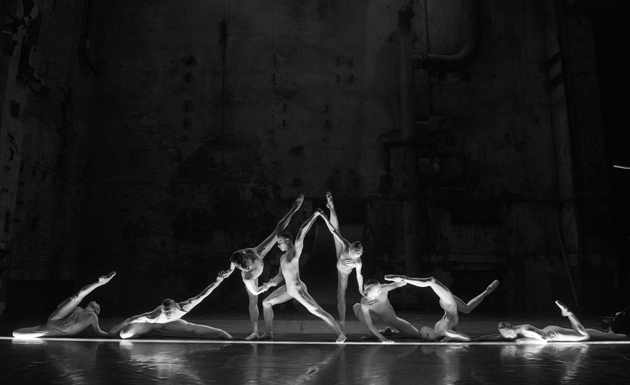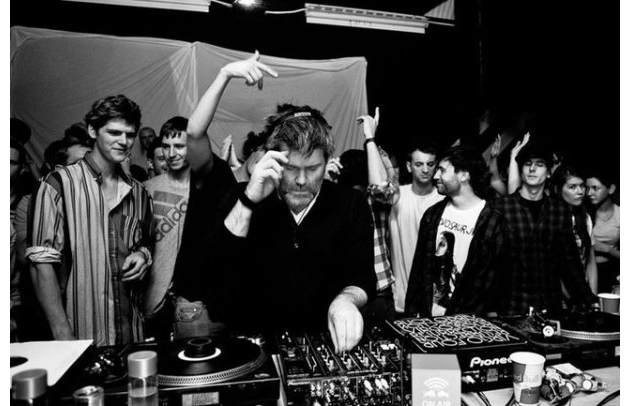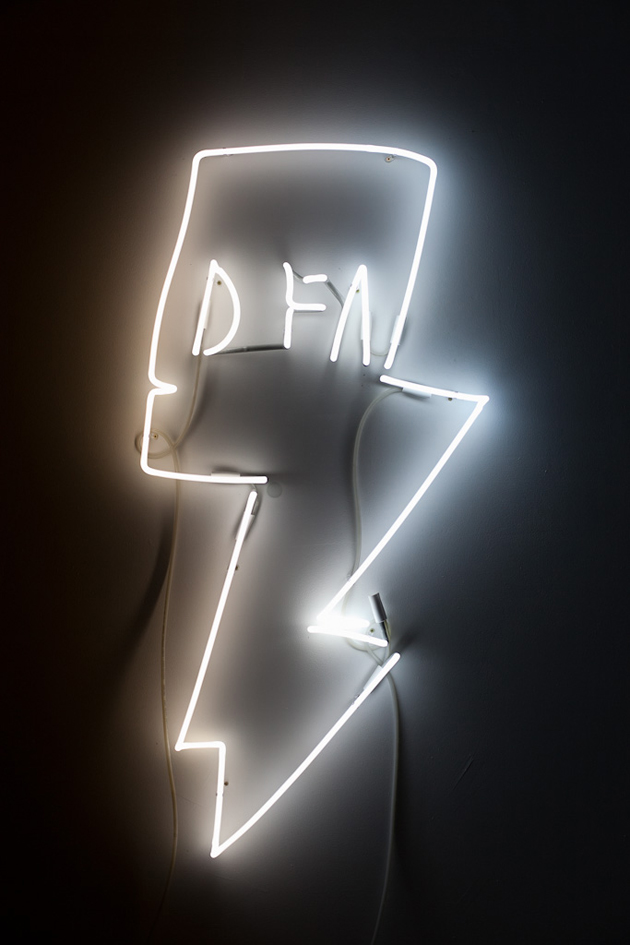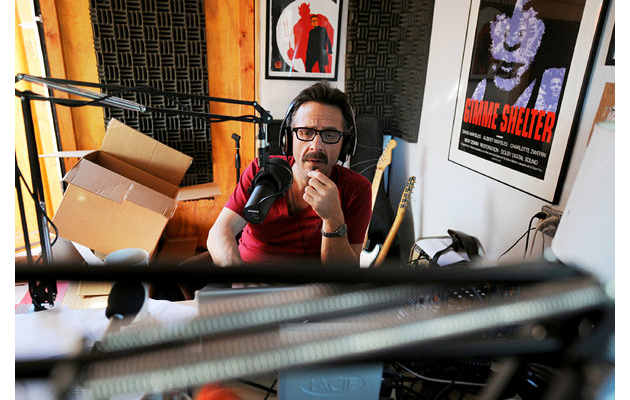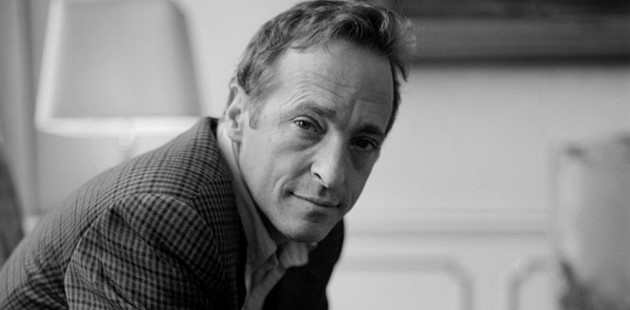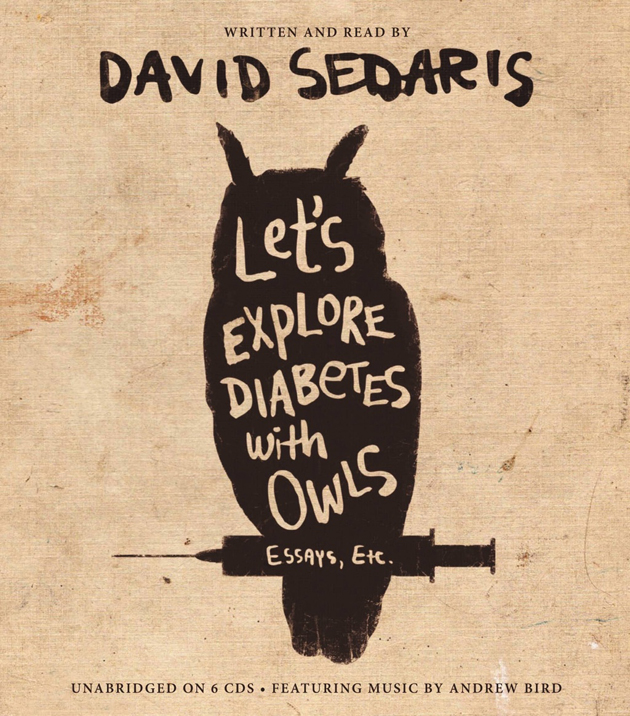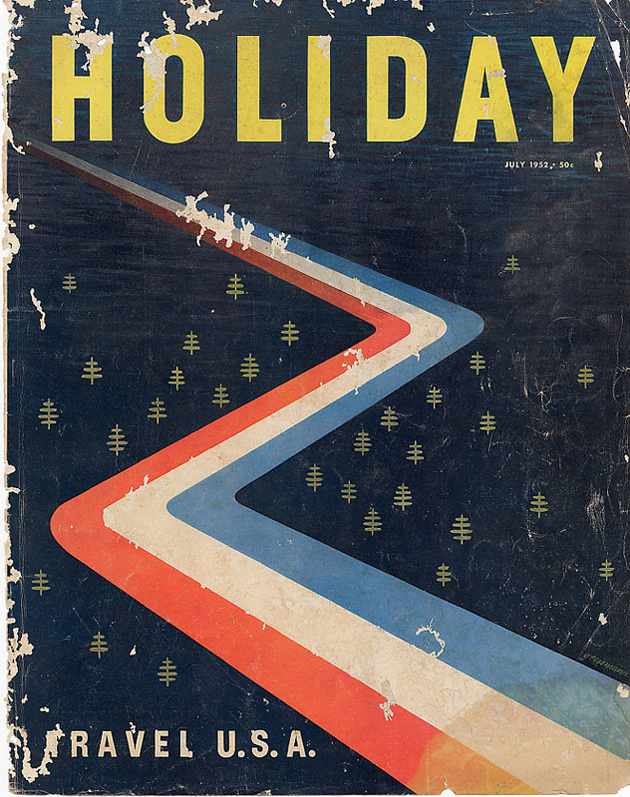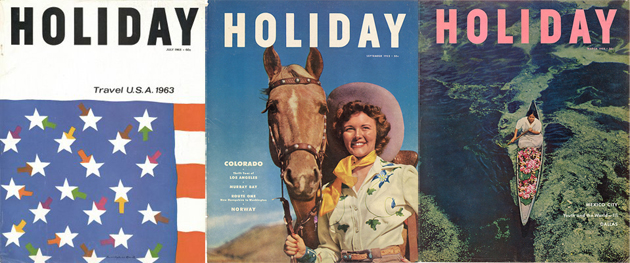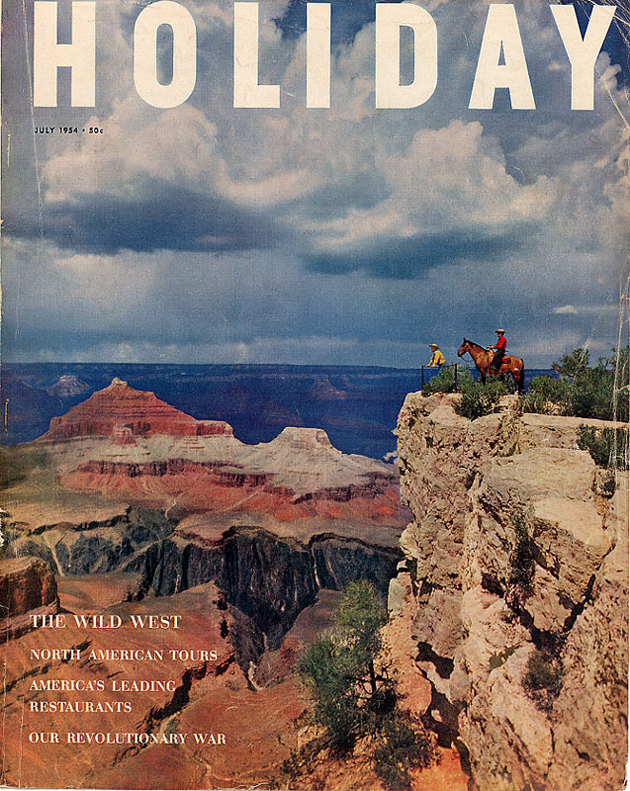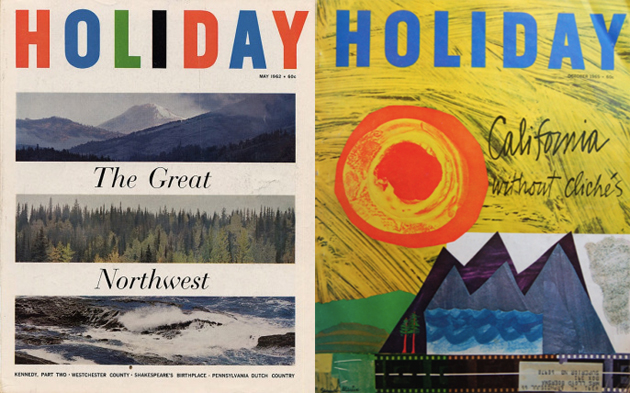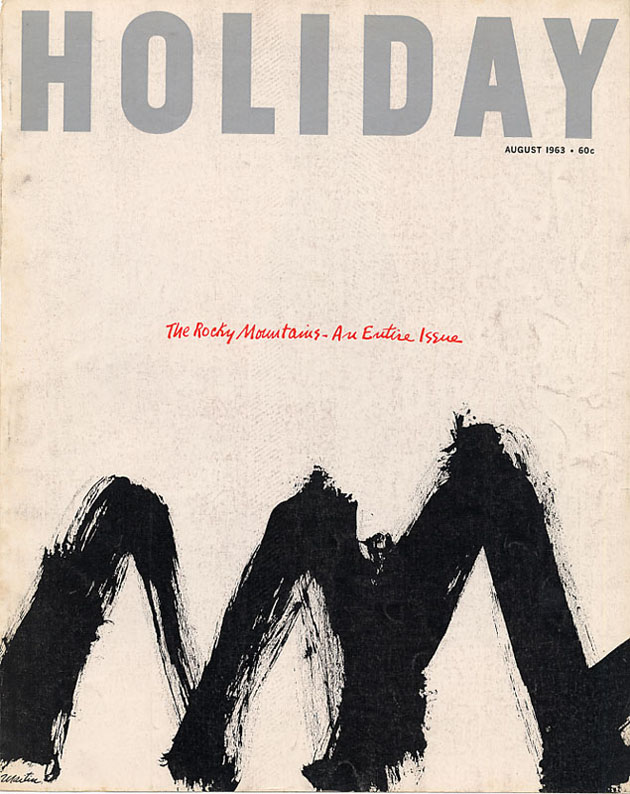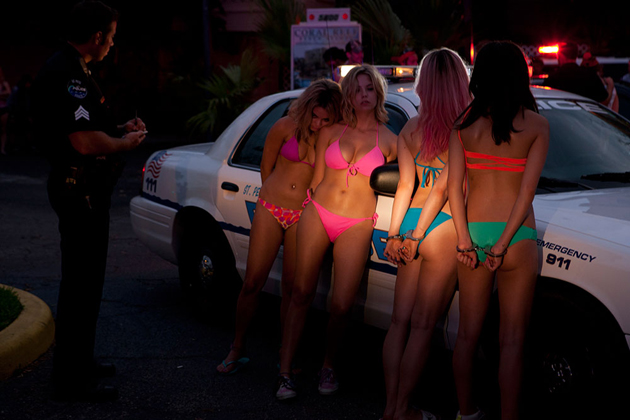Noah Baumbach is terrified of failure. He likes to make movies that explore the psyches of confused and over-educated people who don’t have any idea of what to make of their lives, and thus often end up making a mess. His debut film, 1995’s Kicking And Screaming, detailed four young men who had just graduated from college and refused, at least in their minds, to enter into the adult world. The Squid and the Whale gave us an adolescent’s perspective on what it’s like to see your well-to-do family unravel right before your eyes. The film was based almost entirely on Baumbach’s own childhood, raised in Brooklyn by two aspiring writers. His last film, 2010’s Greenberg, dealt with a failed musician in his mid-40s who has let his life pass him by. His life had turned him into a bitter coward who was all but unbearable to those around him.

His new film explores similar themes from the other side of the fence. Frances Ha documents the wanderings of an attractive 27-year-old dancer who has trouble connecting to the world outside of her head. Shot beautifully in black and white, the movie is a throwback in style and substance to the New York Woody Allen defined in Manhattan and Annie Hall. It’s something of a lover letter to youth and indecision, which is to say that it values character over plot. Frances’ (played by Greta Gerwig, who also co-wrote the script with Baumbach) struggles are entirely unexceptional. Her friend moves out, she needs an apartment, she’s broke, she’s not really doing what she knows she should be doing, etc.

Frances’ non-life-threatening mental gymnastics are easily relatable to anyone who’s ever felt cheated by the dissolutions of youth or the promises of higher education. But unlike the characters of Greenberg or The Squid and the Whale, Gerwig’s character doesn’t let life’s grim realities sour her worldview and turn her bitter and cold. Maybe there’s a sequel for that down the road. For now she seems ready to approach adulthood cautiously, one step at a time, without losing her identity in the process. It may seem like a small victory, but it’s a victory nonetheless.
